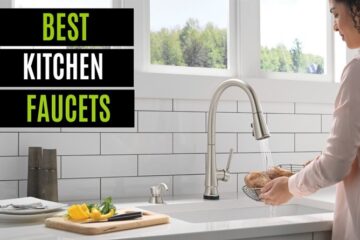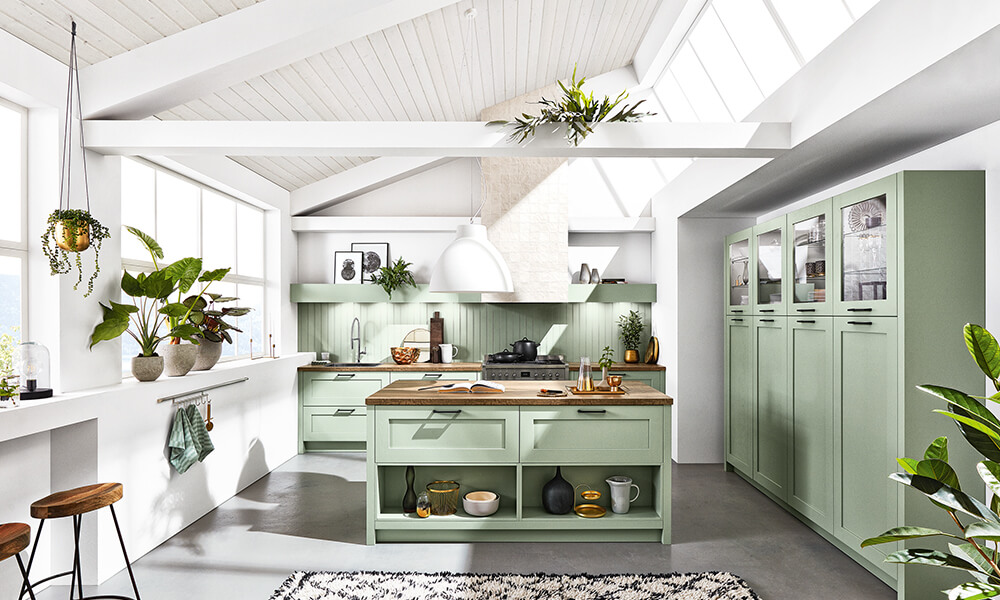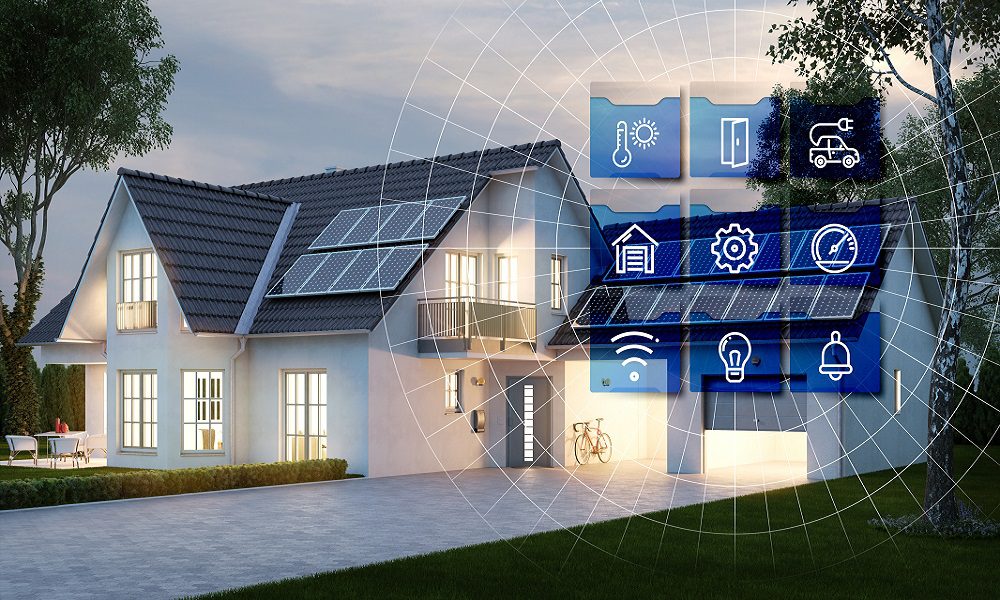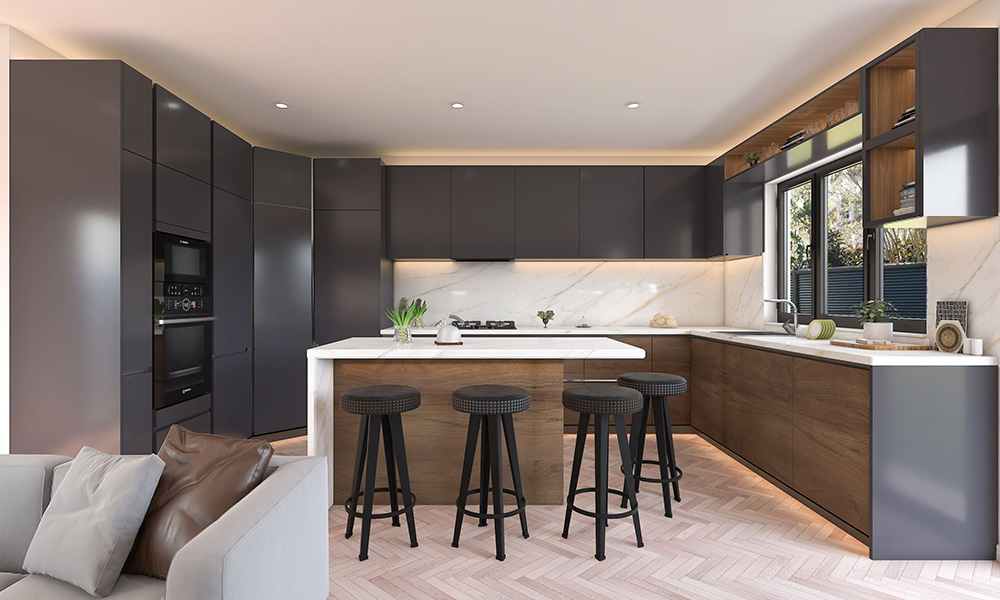
When it comes to designing a kitchen, functionality is just as important as aesthetics. A well-designed kitchen should not only look beautiful but also provide an efficient and practical space for cooking, cleaning, and storage. Creating a kitchen that works requires careful planning and consideration of various factors. In this article, we will explore some key elements and design principles to help you achieve functional elegance in your kitchen.
1. Layout and Workflow
The first step in creating a functional kitchen is to determine the layout and workflow. The kitchen should be organized in a way that allows for smooth and efficient movement between the different work areas, namely the cooking, cleaning, and storage zones.
One popular layout is the “work triangle” concept, where the stove, sink, and refrigerator are positioned in a triangular formation. This layout minimizes the distance between these essential elements and facilitates easy movement and workflow.
2. Ample Storage
Storage is crucial in any kitchen to keep it organized and clutter-free. Having sufficient storage space will allow you to store all your cookware, utensils, ingredients, and appliances conveniently. Consider incorporating various storage solutions such as cabinets, drawers, shelves, and pantry units.
Optimize your storage by utilizing vertical space with tall cabinets or open shelves. Install pull-out drawers and organizers to maximize the usability of deep cabinets. Utilize corner spaces with rotating shelves or pull-out organizers to make them easily accessible.
3. Efficient Lighting
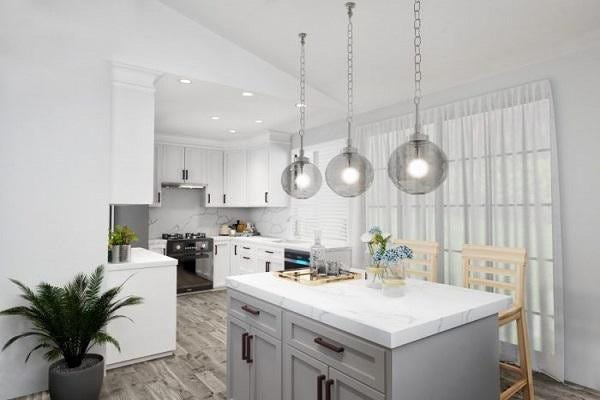
Proper lighting is essential in a functional kitchen. It not only enhances the ambiance but also improves visibility and safety during food preparation. Incorporate a combination of task lighting, ambient lighting, and accent lighting to create a well-lit space.
Install under-cabinet lighting to illuminate the countertops, making it easier to work and chop ingredients. Use pendant lights or recessed lighting above the kitchen island or dining area to provide both functional and decorative lighting.
4. Quality Appliances
Investing in high-quality appliances is essential for a functional kitchen. Choose appliances that are energy-efficient, reliable, and suit your cooking needs. Consider the size, features, and placement of each appliance to ensure they fit seamlessly into your kitchen design.
Appliances such as a refrigerator, oven, cooktop, and dishwasher should be strategically placed for easy access and efficient workflow. Consider built-in appliances or concealed appliances to maintain a sleek and seamless look in your kitchen.
5. Durable and Easy-to-Clean Materials
When it comes to kitchen surfaces, durability and ease of maintenance are key. Opt for materials that can withstand daily use, heat, and moisture. Choose countertops made of materials like quartz or granite, as they are not only durable but also resistant to stains and scratches.
For flooring, consider options like ceramic tiles or hardwood floors that are easy to clean and maintain. Install a backsplash made of materials like glass or stainless steel, as they are easy to wipe clean and protect your walls from splatters and stains.
Creating a kitchen that works involves a careful balance between functionality and elegance. By considering the layout, storage, lighting, appliances, and materials, you can design a kitchen that is not only visually appealing but also practical and efficient. Remember to prioritize your needs and preferences while incorporating these design principles to create a functional kitchen that will be a joy to cook and spend time in.
10 Best Kitchen Faucets For Busy Households
April 5, 2025Top Reasons to Invest in Quality Gutters in Fort Worth
August 16, 2024Culinary Inspirations: Redesigning Your Kitchen Space
August 14, 2023
Comments are closed.
More News
-
Finding the Right Luxury Apartment in Philadelphia
March 4, 2025 -
The Future of Home: Smart Technologies and Design
February 18, 2023 -
The Dangers of DIY Solar Panel Removal: What Homeowners Should Know
January 25, 2025


